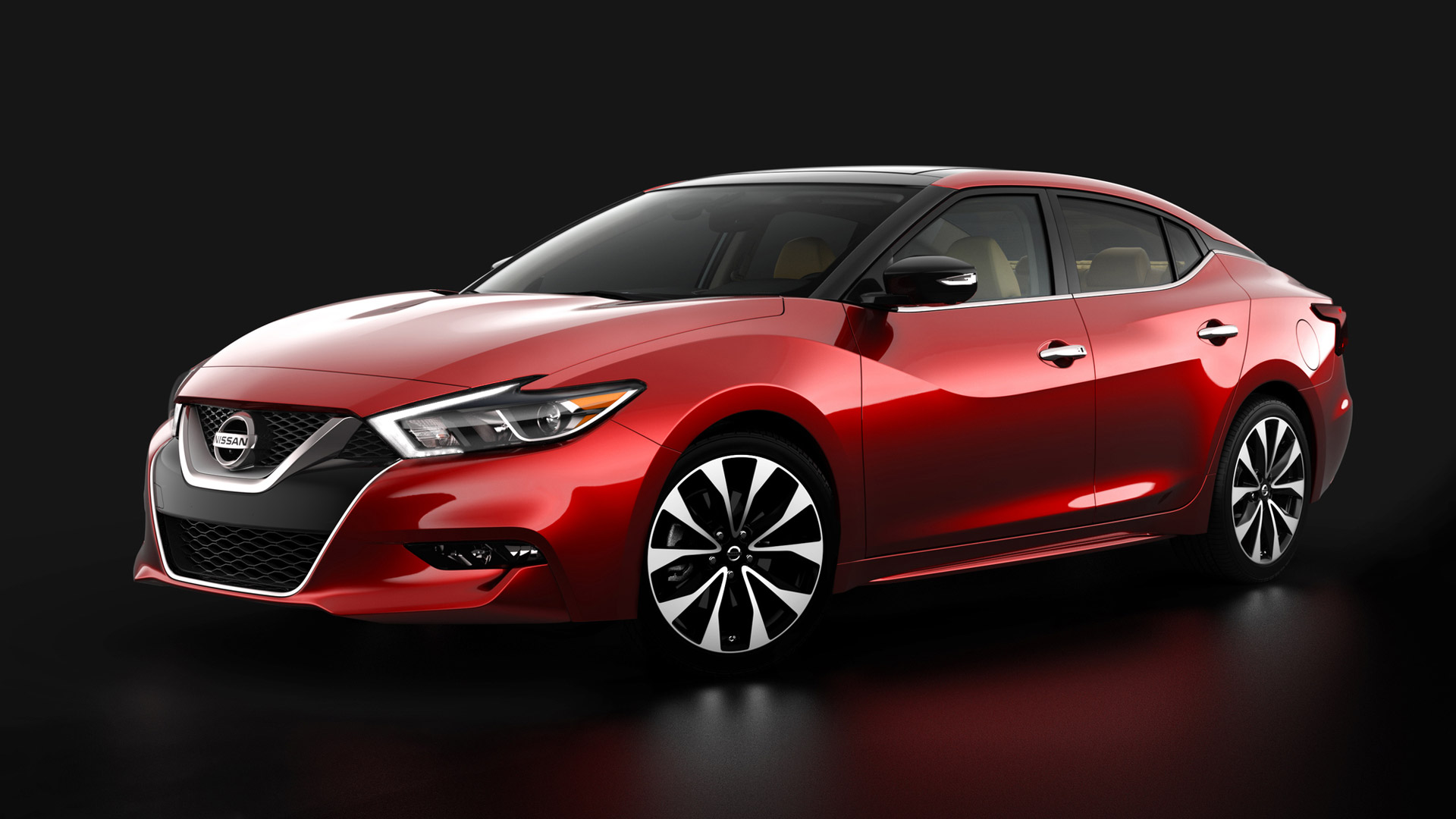Sales in the large segment fell by 12% compared to 2014, the worse performance of all mainstream segments, worse even than the 8% fall in sales registered by the subcompact and minivan segments. As a result, large cars fell further behind those two segments and is now the second smallest mainstream segment, ahead of only minicars, and selling only a fifth as well as the only slightly smaller mid-sized cars.

In fact, it’s the mid-sized cars that have been ruining the large segment’s game for many years, growing in size and inching ever closer in terms of desirability to their larger siblings, all for considerably less money. In light of this, it comes as no surprise that all three cars that managed not to lose a lot of sales over the last year were all very different from their smaller siblings by the virtue of offering rear-wheel joys in a segment dominated by front-wheel drive. Heck, the Chevy SS even managed to grow its sales by 17%; it’s just a pity it’s squarely stuck in last place, at fewer than 3,000 units per year.

The other two models to do OK were the FCA twins:Dodge Charger and Chrysler 300, with sales up by 1% and down by 1%, respectively. In fact, this performance was enough for the Charger to close to a little over 20,000 units of the segment leader, Chevy Impala, while the 300 actually advanced one spot to fourth, at the expense of the aging Ford Taurus. And while the twins are getting on in age, entering their sixth year in production, recent facelifts have kept them well in the game. This is especially true for the Charger, whose 2015 edition not just looks much better thanks to a Dart-inspired front, but also benefits from the halo effect of the 707hp top-end Hellcat model.
From among the FWD large sedans the Toyota Avalon did least bad, losing 11% of sales over the course of the last year. This is because of two factors: first, it is an entirely different proposition to the RWD hooligans, offering a spacious and comfortable option for the older drivers, and second, it is arguably a much better car than its smaller, boring Camry sister.

The remaining models performed similarly badly, consistently losing between 17% (Chevy Impala) and 23% (Hyundai Azera). Most of these models are aging and/or facing competition from newer, smaller stablemates, so it should come as no surprise they’re losing sales. The performance of the Nissan Maxima seems to be the largest disappointment of all, as the model lost 20% of sales despite the new-for-2015 model going on sale in early June. However, after a slow start over the summer, when the new model lost 17% of sales compared to the previous model between June and September (problems with supplies, possibly?), sales finally picked up in the final quarter, growing by 27% compared to Q4 2014. It will be interesting whether this is a sign of a revival for the once-popular 4DSC (four-door sports car), or a false-dawn for a wannabe sports saloon trying to compete with more prestigious, RWD competition from the large luxury segment.
Note: clicking on the model name opens the sales data page for that model; clicking year in the legend turns the display for that year on/off



